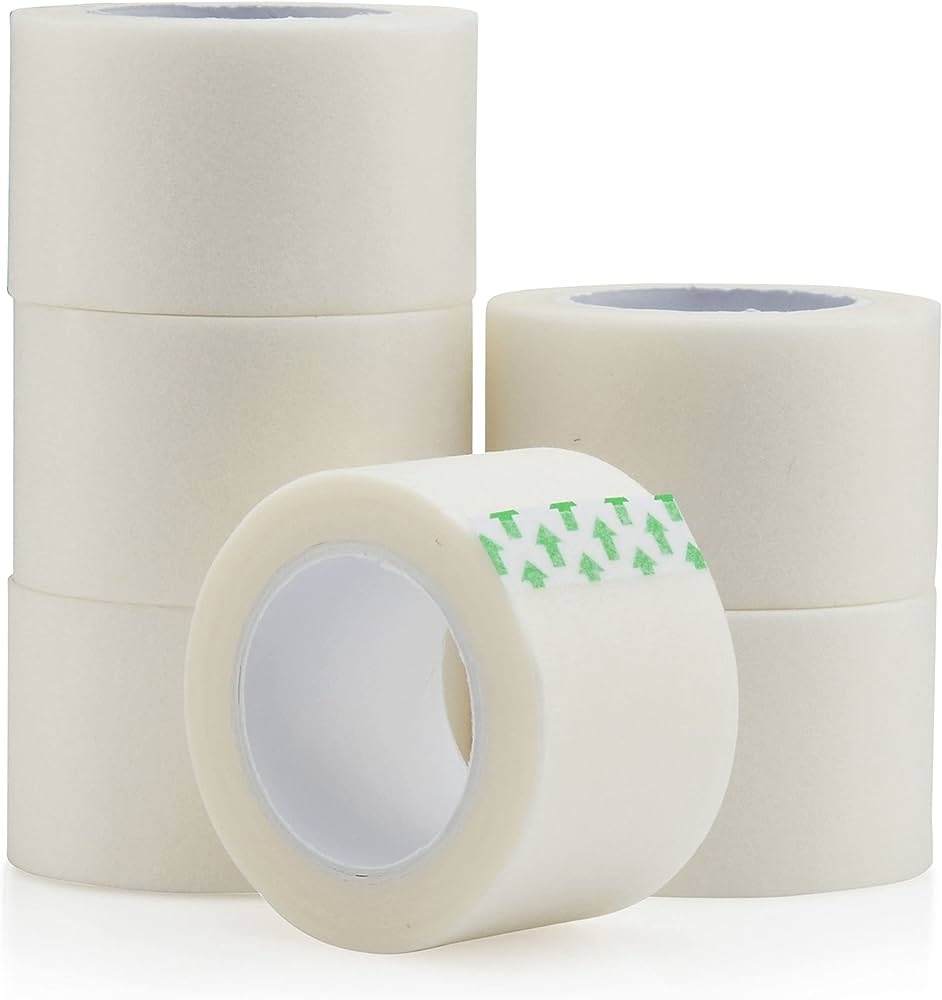Surgical tape, often seen as a humble yet indispensable tool in the medical world, plays a pivotal role in modern healthcare. Whether in the operating room or during post-operative care, surgical tape is a key component that contributes to patient well-being and the success of surgical procedures. In this blog post, we will delve into the world of surgical tape, exploring its various types, applications, and the critical role it plays in the realm of surgery and wound care.
Understanding Surgical Tape: A Multifaceted Tool
Surgical tape, also known as medical adhesive tape, is a specialized adhesive product used in surgical and medical applications. Its primary purpose is to secure dressings, bandages, and medical devices to the skin or wound site. Surgical tape is designed to be hypoallergenic, flexible, and easy to handle, making it an essential component of various medical procedures.
Types of Surgical Tape:
- Microporous Paper Tape: This type of surgical tape is gentle on the skin, hypoallergenic, and allows for excellent breathability. It is commonly used for securing dressings, especially on sensitive or fragile skin.
- Transparent Film Tape: Transparent film tape is moisture-resistant and ideal for securing IV lines, catheters, and other medical devices. Its transparency allows for easy monitoring of the underlying area.
- Silk Surgical Tape: Silk tape is known for its strength and durability. It is often used in surgical procedures to secure sterile drapes, as well as for wound closure and support.
- Foam Surgical Tape: Foam tape is cushioned and conformable, making it suitable for areas where extra padding is needed. It is used for wound dressings and as a protective barrier under compression wraps.
Applications of Surgical Tape:
- Surgical Procedures: Surgical tape is an integral part of surgical preparation and wound closure. Surgeons use it to secure sterile drapes, hold tissue together after incisions, and secure drains or tubes.
- Post-Operative Care: After surgery, surgical tape is used to secure wound dressings and prevent contamination. It aids in the healing process by keeping wounds clean and protected.
- Wound Dressing: Surgical tape is commonly used to secure gauze dressings, bandages, and wound covers. It prevents the dressings from shifting and helps maintain a sterile environment.
- Medical Device Securement: Surgical tape is vital for securing various medical devices, such as catheters, IV lines, and monitoring electrodes. Proper securement ensures the devices function effectively and prevents dislodgment.
- Orthopedic and Sports Medicine: In orthopedics and sports medicine, surgical tape is used for joint support, such as taping ankles or fingers to prevent injuries or provide stability.
Quality and Precision:
The success of surgical tape lies in its quality and precision. Healthcare professionals consider factors such as:
- Adhesive Strength: Surgical tape must provide secure adhesion to the skin or medical devices, ensuring it remains in place during critical moments.
- Hypoallergenic Properties: To minimize the risk of allergic reactions or skin irritation, surgical tape is often designed to be hypoallergenic.
- Conformability: Surgical tape should be flexible and conformable to the contours of the body, allowing for comfortable and effective application.
- Removability: Ease of removal without causing trauma to the skin is a crucial consideration, especially for post-operative care.
Surgical tape, with its versatility, precision, and reliability, is an unsung hero in the world of modern medicine. It plays a vital role in surgeries, wound care, and patient recovery, contributing to the safety and well-being of patients. While it may seem like a minor detail, the impact of surgical tape in healthcare cannot be overstated, making it an essential tool in the pursuit of successful surgical outcomes and patient care.

